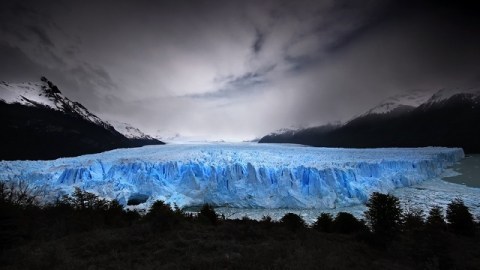1,600 Years’ Worth Of Andean Ice, Gone In 25

What’s the Latest Development?
A paper published Thursday in Science describes the recent discovery of plants that were once buried under Peru’s Quelccaya ice cap but were revealed as the margins of the ice cap melted. Using a form of carbon dating, scientists learned that the plants were approximately 6,300 years old. By comparing the data to that from an earlier survey done several years ago at a different point near the ice cap’s margins, they calculate that 1,600 years’ worth of accumulated ice has melted within the last 25 years. It’s the simplest explanation for the plants’ existence, says paper co-author Lonnie G. Thompson: “If [at] any time in the last 6,000 years these plants had been exposed for any five-year period, they would have decayed.”
What’s the Big Idea?
Global warming’s effects are most extreme at high altitudes and high latitudes, and the rapid disappearance of glaciers in the Andes has scientists and others concerned about future water supplies for communities living nearby. Climate scientist Mathias Vuille says, “It may not go very quickly because there’s so much ice, but we might have already locked into a situation where we are committed to losing that ice.” The Quelccaya is the world’s largest ice sheet located in the tropics.
Photo Credit: Shutterstock.com





